
Asparagus Risotto an Antidote to Spring's Chilly Rains
It's spring in the Northwest, which means we're getting two inches of rain in as many days thanks to an atmospheric river deciding to flow directly over the Willamette Valley, dumping its heavy load before climbing over the Cascades. The good news is that spring, being the Janus-like, capricious spirit that it is, will be whiplashing us with temperatures in the mid-70s to mid-80s within the week.
Until that happens, though, we still need to pull on our Muck boots and hooded parkas for another day or two and hit our local farmers' markets, many of which are fortunately opening for their regular seasons this weekend. I managed to make it to two of them, the Beaverton Farmers Market yesterday—a generous sponsor of the blog you're reading—and my intimate neighborhood King Farmers Market today.
Both were brimming with bounteous goods from growers and makers, and among other things I picked up several bunches of beautifully green asparagus to carry us through the week. Ready to go in the oven to roast, chopped into a quiche or frittata, or in a risotto like the one below, these green spears will be equally delicious grilled as is or chopped into a salad when those warm temps get here.
Spring Asparagus Risotto
1 lb. asparagus, tips removed and reserved, stalks sliced into half-inch pieces
2 Tbsp. extra virgin olive oil
3 Tbsp. butter or margarine
1/2 onion, finely diced
1 Tbsp. garlic, finely chopped
Spring onion or green garlic, finely sliced (optional)
2 c. arborio rice
1 c. white wine
4 c. chicken or vegetable stock
1 c. grated Parmesan cheese plus more for the table
Salt to taste
Put half of the chopped asparagus stalks in the food processor and purée (add a teaspoon or so of water, if needed, until smooth). Set aside.
Put stock in a medium saucepan over low heat. In a deep skillet or larger saucepan, heat oil and butter over medium heat. When it shimmers, add onion and garlic, stirring occasionally until it softens, 3 to 5 minutes.
Add rice and cook, stirring occasionally, until it is glossy, about 2 to 3 minutes. Add white wine, stir, and let liquid absorb into the rice. Add warmed stock, 1/2 cup or so at a time, stirring frequently. Each time stock has just about absorbed into the rice, add more.
When you have used about half the stock, add the puréed asparagus, asparagus tips, plus spring onions or green garlic (if using), stirring to combine, then continue to add stock as necessary. In 5 minutes or so, begin tasting rice. You want it to be tender but with a bit of crunch; it could take as long as 30 minutes total to reach this stage. Add the cup of parmesan and stir briskly, then remove from heat. Taste and adjust salt. (Risotto should be slightly soupy.) Serve immediately.


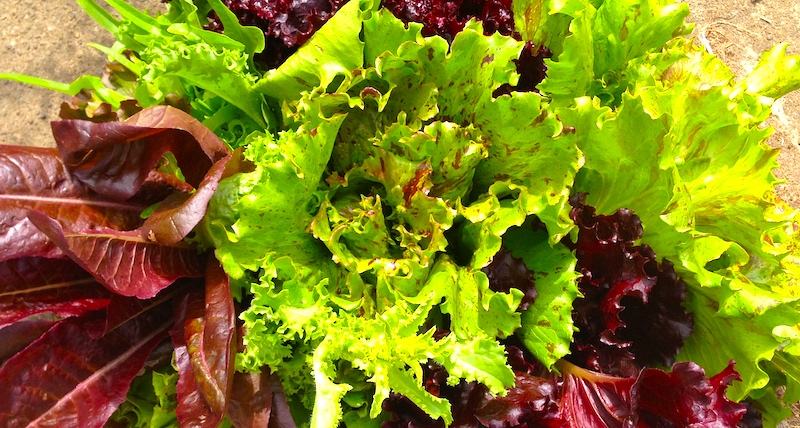


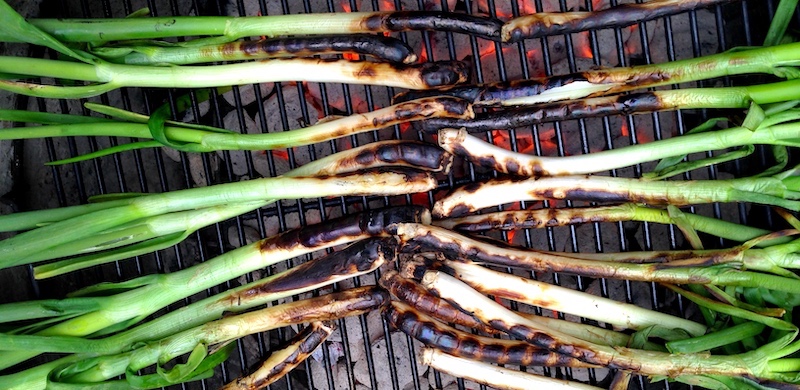
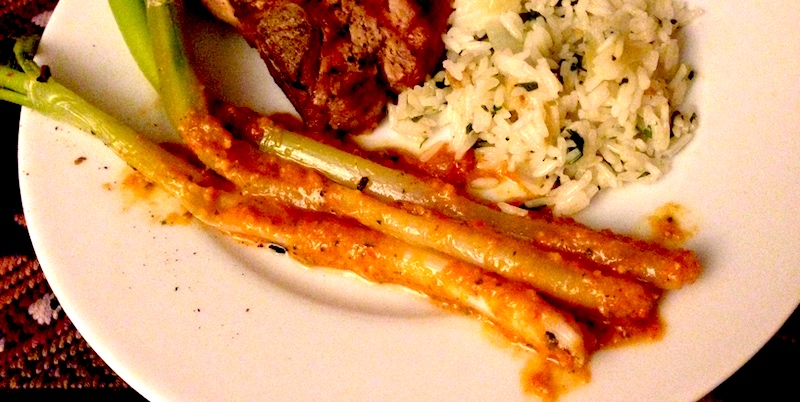 Cooked on a hot grill until the outside layer is blackened but not charred and the inside is soft and creamy, the blackened outside layer is peeled off and the remaining onion is dunked in a tangy romesco-like sauce called salbitxada (sahl-beet-SHAH-dah). Then, holding the onion aloft by the greens, the trick is to lower the soft, saucy white part into your mouth and bite it off without having the sauce dribble all over your face. (
Cooked on a hot grill until the outside layer is blackened but not charred and the inside is soft and creamy, the blackened outside layer is peeled off and the remaining onion is dunked in a tangy romesco-like sauce called salbitxada (sahl-beet-SHAH-dah). Then, holding the onion aloft by the greens, the trick is to lower the soft, saucy white part into your mouth and bite it off without having the sauce dribble all over your face. (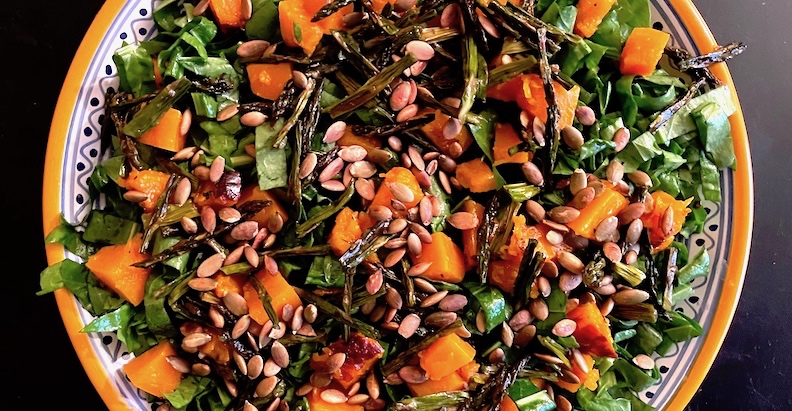
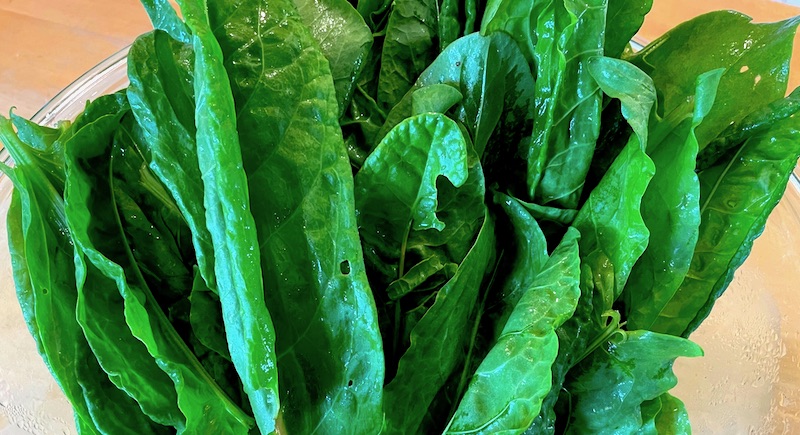 Chopping a few leaves into a salad was okay, but adding much more than four or five leaves, and their tangy, citrus-y bite overwhelmed the pleasant sweetness of the other greens. A pesto using half sorrel and half of another herb like spinach or parsley or basil worked, pepping up its flavor and giving it a lively greenness. But any of the above only used a smidgen of what the prolific plants were producing.
Chopping a few leaves into a salad was okay, but adding much more than four or five leaves, and their tangy, citrus-y bite overwhelmed the pleasant sweetness of the other greens. A pesto using half sorrel and half of another herb like spinach or parsley or basil worked, pepping up its flavor and giving it a lively greenness. But any of the above only used a smidgen of what the prolific plants were producing.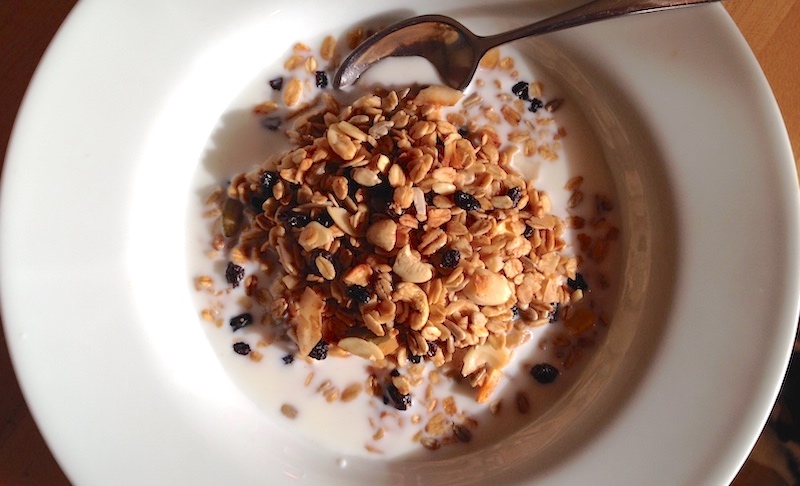

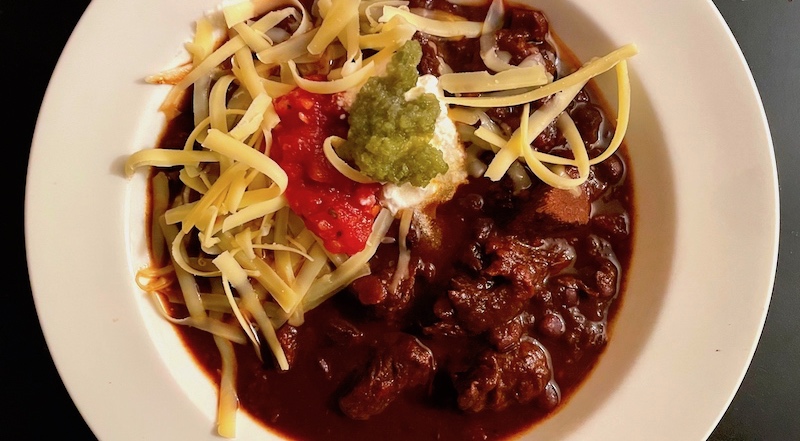


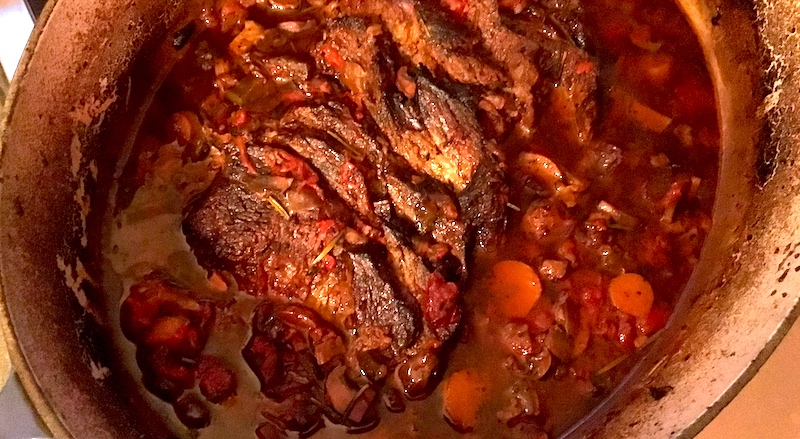
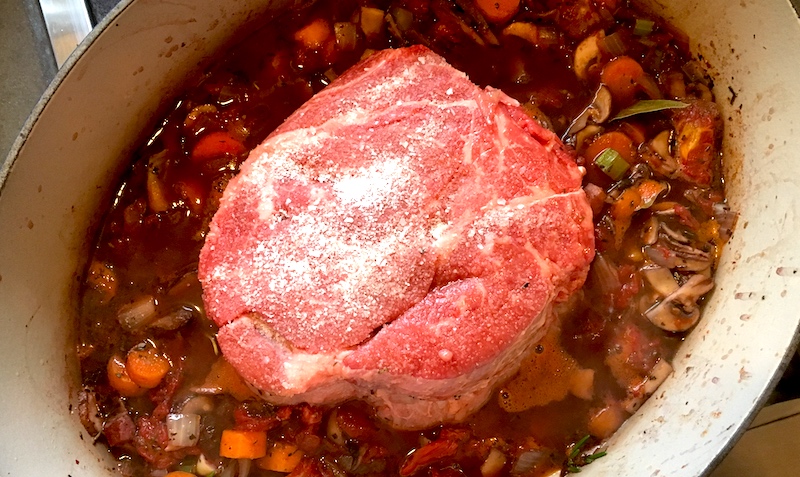
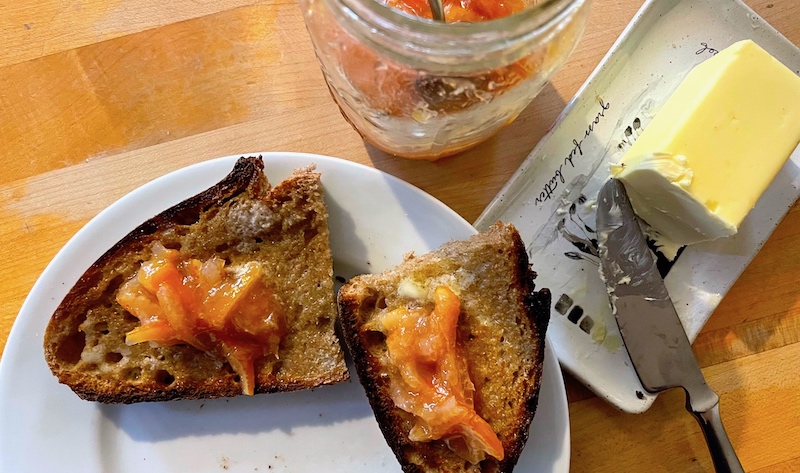
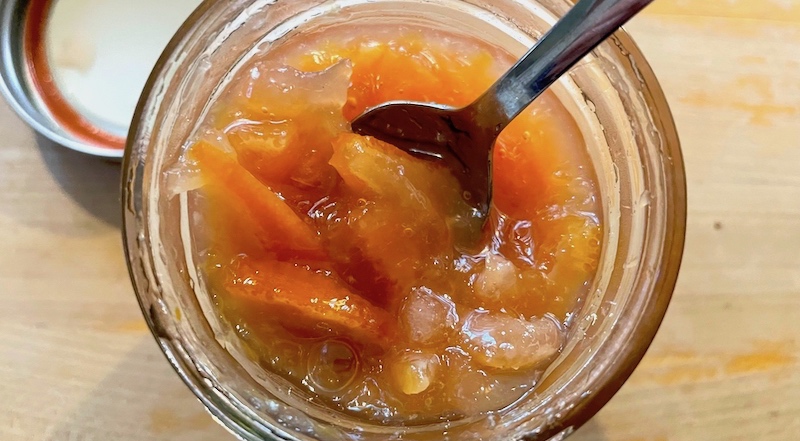 For me, the dark days in the depths of winter are brightened by their brilliant colors and sparkling flavor. I make a point of throwing together a batch of preserved Meyer lemons that will punch up everything from roasted vegetables to stews, salads and grain dishes. The last couple of years Dave has concocted a masterful citrus marmalade, combining a couple of recipes from the New York Times along with his own brushstrokes of genius.
For me, the dark days in the depths of winter are brightened by their brilliant colors and sparkling flavor. I make a point of throwing together a batch of preserved Meyer lemons that will punch up everything from roasted vegetables to stews, salads and grain dishes. The last couple of years Dave has concocted a masterful citrus marmalade, combining a couple of recipes from the New York Times along with his own brushstrokes of genius.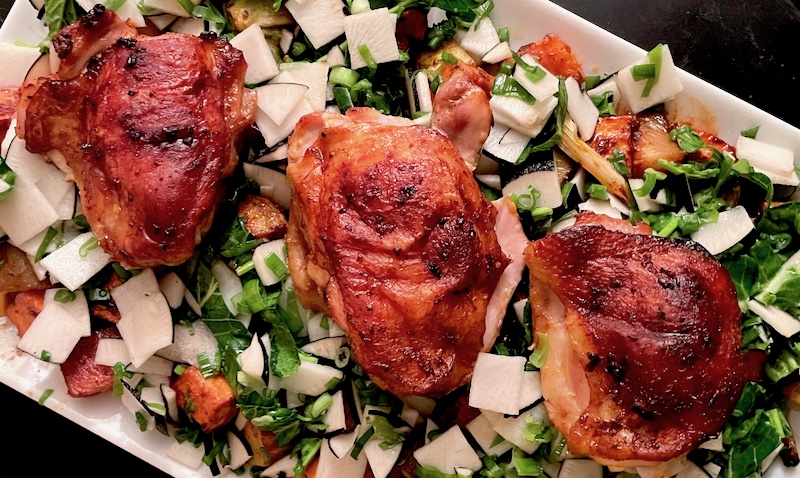
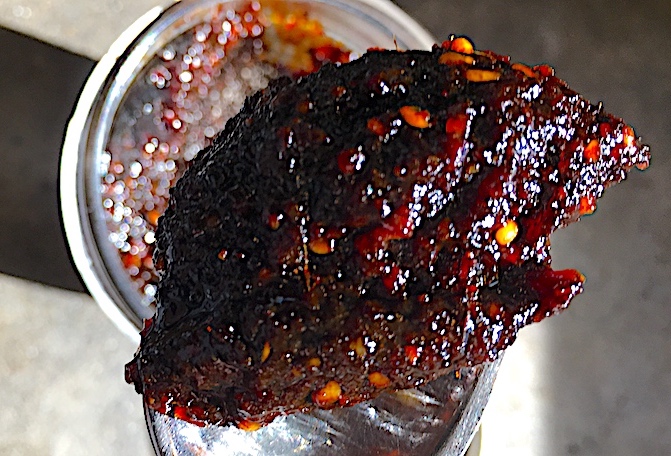
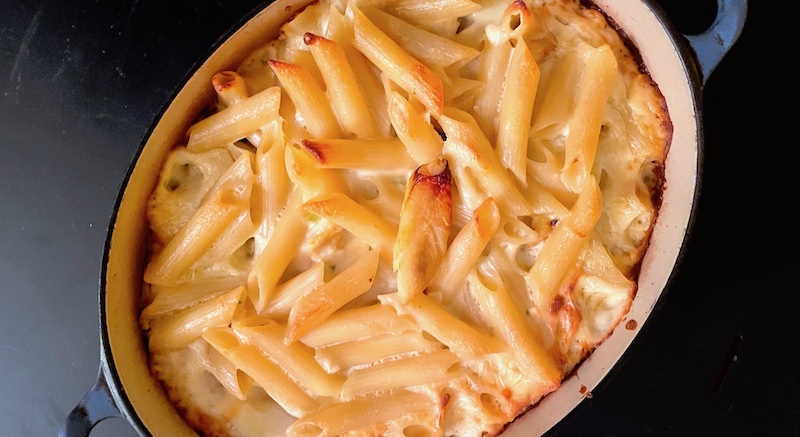
 But I propose a different way to categorize a cookbook, and that's by how you feel. Happy? Make some small plates of your favorite foods, including simple salads and desserts. Depressed? You could indulge in a big ol' chocolate cake by yourself, or treat your mood with lots of fish and kale for their Omega 3s and anti-oxidants.
But I propose a different way to categorize a cookbook, and that's by how you feel. Happy? Make some small plates of your favorite foods, including simple salads and desserts. Depressed? You could indulge in a big ol' chocolate cake by yourself, or treat your mood with lots of fish and kale for their Omega 3s and anti-oxidants.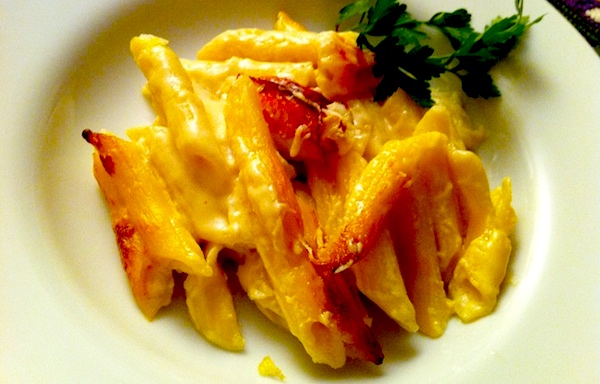 Which is why, when I saw that cooked whole crabs had hit a ridiculously low price per pound, and knowing that early season crab is the sweetest, I bought two and fantasized about using it in macaroni and cheese. While I was only planning on using the meat from one of them for the casserole, the price and my lack of inhibitions made me throw the meat from both into the noodles and sauce just before I slid it into the oven, and it was so worth it.
Which is why, when I saw that cooked whole crabs had hit a ridiculously low price per pound, and knowing that early season crab is the sweetest, I bought two and fantasized about using it in macaroni and cheese. While I was only planning on using the meat from one of them for the casserole, the price and my lack of inhibitions made me throw the meat from both into the noodles and sauce just before I slid it into the oven, and it was so worth it.